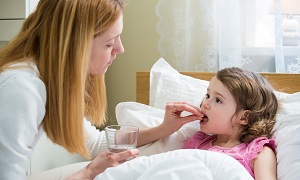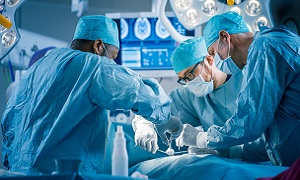Cerebral Palsy
Cerebral Palsy is a neurological disorder which is caused by non-progressive brain injury or malformation that occurs in immature, developing brain, most often before birth. Most of the individuals who have Cerebral Palsy were most likely born with the condition, although some acquire it later. Cerebral Palsy affects body movement and muscle coordination.
Types of Cerebral Palsy
Spastic Cerebral Palsy
Common characteristics of spastic cerebral palsy are:
- Inability to reach milestones in walking, crawling and sitting up.
- Muscles stiffness.
- Inhibition of movement.
- Difficulty in moving from one position to another.
- Difficulty in controlling individual muscles
There are three forms of Spastic Cerebral Palsy:
- Spastic quadriplegia – It is the most severe form of spastic cerebral palsy & affects a child’s entire body leading to limb deformities. Children suffering from spastic quadriplegia may also experience chronic seizures.
- Spastic hemiplegia – One side of the body is affected. Scoliosis (curved spine) may occur is some cases. Seizures and speech problems can also be common symptoms of spastic hemiplegia.
- Spastic diplegia – Children suffering from can often walk on their toes and have issues with balance and coordination. Other symptoms are delayed milestones, fatigue, seizures and flexed knees.
Dyskinetic Cerebral Palsy
Dyskinetic Cerebral Palsy is also known as dystonic and athetoid cerebral palsy. Common signs & symptoms of Dyskinetic Cerebral Palsy are:
- Slow & writhing movements. It is known as athetosis.
- Repetitive & twisting motions. It is known as dystonia.
- Unpredictable & irregular movements, also known as chorea.
- Have trouble in speaking.
Ataxic Cerebral Palsy
Ataxic Cerebral Palsy is a rare type of cerebral palsy. . Common signs & symptoms of Ataxic Cerebral Palsy are:
- Problems with coordination and balance.
- Unsteady walk.
- Movements are unsteady.
Causes & risk factors of Cerebral Palsy
- Mutations in the genes.
- Infant infections.
- Traumatic head injury to an infant.
- Untreated jaundice.
- Breech births: Babies who are in a feet-first position at the beginning of labour rather than headfirst.
- Complicated delivery.
- Babies who have low birth weight are at higher risk of developing cerebral palsy.
- Babies born fewer than 37 weeks into the pregnancy are at higher risk of cerebral palsy.
- Certain infections like Rubella, Herpes, Syphilis, during pregnancy can increase cerebral palsy risk to the baby.
Signs & symptoms of Cerebral Palsy
- Stiff muscles & exaggerated reflexes, spasticity.
- Stiff muscles & normal reflexes, rigidity.
- Lack of coordination in muscles, ataxia.
- Involuntary movements.
- Slow & writhing movements, athetosis.
- Delayed motor skills milestones.
- A crouched gait, a scissors-like gait with knees crossing, a wide or an asymmetrical gait.
- Difficulty in speaking.
- Excessive drooling.
Diagnosis of Cerebral Palsy
The following are the tests used for diagnosis of Cerebral Palsy:
- MRI
- Cranial ultrasound
- CT scans
- Electroencephalogram (EEG)
- Laboratory tests using blood, urine or skin samples
Treatment options for Cerebral Palsy
Physical Therapy
Occupational Therapy
Speech Therapy
Muscle relaxants
Surgery
Children who are suffering from severe spasticity or have very stiff muscles may undergo surgery to lengthen some leg muscles or tendons & makes walking easier and less painful. Some children suffering with severe muscle spasms may have surgery. It involves the cutting the nerves in the spinal column that are overactive. This causes muscles to relax, and it may lead to less pain.





